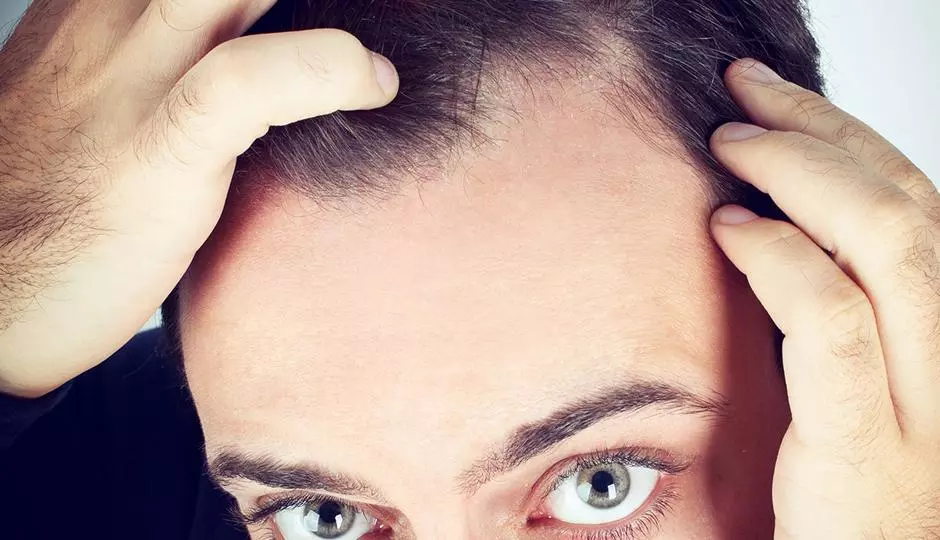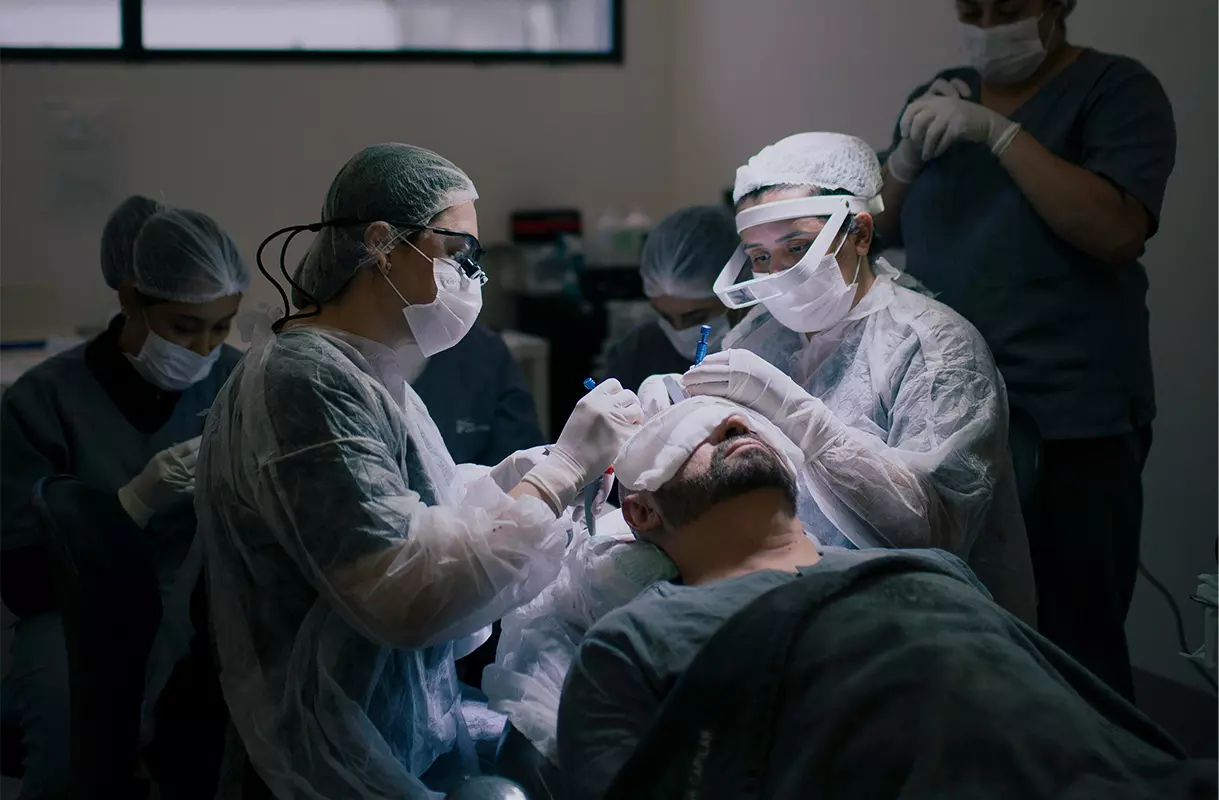There is quite a bit of discussion circulating around the two main types of hair transplant surgery, follicular unit extraction (FUE) and follicular unit transplant (FUT).
There are many differences between the two, and certainly pros and cons to both follicular unit extraction and follicular unit transplant. It seems, however, that many hair surgeons in the International Society of Hair Restoration Surgery are carefully moving in the direction of follicular unit extraction. Before we discuss what qualities make a patient a likely candidate for FUE, let’s briefly look at the differences between FUE and FUT.
Follicular unit extraction is a hair loss treatment in which hair follicles are harvested directly from the donor area one at a time through tiny, circular incisions. The individual follicles are placed in the recipient site where hair loss is predominant.
Follicular unit transplantation, or strip harvesting, is a hair transplant procedure in which a strip of hair is taken from the donor site where hair is most resistant to balding, the individual follicular units on the strip are dissected under a microscope, and then transplanted to the areas of hair loss.
The primary difference between follicular unit extraction and follicular unit transplant is found in the method that the two procedures use to harvest the follicular unit. FUE harvests each individual follicular unit through tiny, circular incisions, leaving less noticeable scars but requiring a considerably larger donor area, while FUT harvests a strip of scalp holding many follicular units from the donor site, leaving a linear scar but providing the needed hair follicles out of this single strip.
Both FUE and FUT involve surgical procedures and place hair into the recipient site in the same manner. Both require a doctor with a skillful, artistic eye and a well-determined plan customized for each patient in order to achieve the most natural-looking results. It is for this reason that the initial consultation before hair transplant surgery is so important to the success of the surgery. During the consultation, the doctor will plan the shape of the desired hairline and study the angles and density of the hair follicles in order to determine the most natural-looking outcome.
Candidacy for Follicular Unit Extraction
It is becoming increasingly clear that certain hair transplant patients are well-suited for follicular unit extraction. FUE seems to be the appropriate choice for patients who:
- have a significant aversion to pain
- require a rapid recovery
- need to wear their hair short
- have minimal scalp laxity
- heal with wide scars
- require a revision of old or unnatural appearing grafts
Disadvantages of Follicular Unit Extraction
Similar to follicular unit transplant, there are disadvantages to follicular unit extraction.
- Because each follicular unit is extracted individually, the required time for the surgery is longer
- As each follicular unit is removed directly from the scalp, the follicles are more fragile and must be handled with extreme precision
- Survival of the follicular unit may be higher with FUT as the follicle is maintained in the surrounding skin tissue for a longer period of time
There have been several advancements that are providing a much higher follicle survival rate with FUE. When FUE is combined with Acell or Acell Plus Follicular Restoration Treatment, the survival rate of the follicular units are greatly improved. Furthermore, surgeons are able to employ cool storage of the grafts with Hypothermosol and ATP which has increased graft survival in follicular unit extraction.
Find Out If You’re A Candidate For FUE
While FUE and FUT certainly have many pros and cons making the decision seem overwhelming, it doesn’t have to be. Schedule a consultation with Dr. Arthur Gray today and together you can discuss the right option for you. Dr. Gray also offers non-surgical treatments if you are not a candidate for hair transplant surgery.






